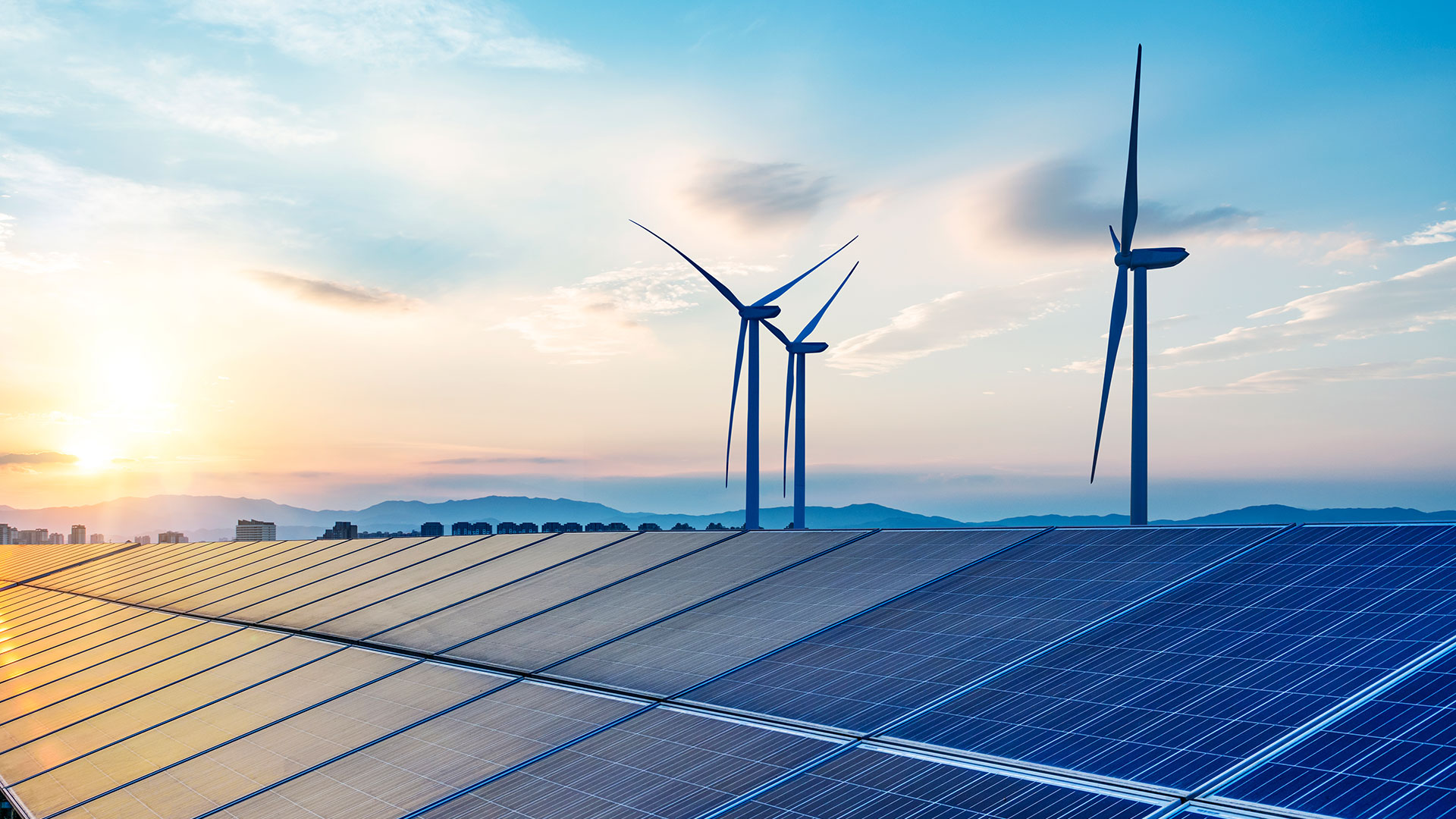How can power systems operate without baseload from thermal power plants?
Germany is transforming its energy system, moving away from the provision of baseload power to a more decentralised and flexible system based on variable renewables. In the last few years, improved forecasting, highly responsive control systems, grid reinforcement and expansion, demand-side response and battery storage have enabled greater integration of variable renewables.

Return Button
How can power systems operate without baseload from thermal power plants?
Traditionally, energy systems relied on “baseload” power from thermal power plants operating around the clock supplemented by peaking plants (based on oil, gas and hydropower) that generally only run during high demand. With the rise of wind and solar energy, countries like Germany are shifting from power systems dominated by baseload supply to a greater focus on flexibility. Conventional plants are increasingly required to adapt to variable renewables, while renewable plants adjust to better match power demand and grid constraints. At the same time, electricity demand is expected to become significantly more flexible because of electric vehicles, heat pumps and adaptable industrial power consumption, (see: How is Germany increasing flexibility in the power system?).
Variable output should not be confused with unreliable output. Technical solutions like improved forecasting, highly responsive control systems, grid reinforcement and expansion (such as smart grids), demand-side response and battery storage enable a growing integration of variable renewables. Thermal power plants have also been required to become much more responsive to system needs. Germany’s integration into the European power system provides additional flexibility through power imports and exports. Market reforms have incentivised flexible operation and greater investment in flexibility measures, such as shorter-duration products on day-ahead and intraday markets, expanded grid balancing areas and closer to real-time operation. Gas power plants now provide back-up power, via new hydrogen-ready plants that can be converted in the future to run on climate-neutral gases like green hydrogen. These plants can respond flexibly to rapid changes in demand and in power supply from highly variable renewables.
Periods of low or high sun and wind generation
Seasonal and weather-related factors can result in periods of low wind and solar output – known as Dunkelflauten (sometimes translated as “dark doldrums”). These periods can last for days and (rarely) even weeks. Despite this, data on real solar PV and wind power output in Germany indicate that typically, wind and solar balance each other out: wind output is strongest in winter, while solar PV output is strongest in summer, resulting in relatively stable month-by-month variable renewable energy shares (see Figure below). The opposite of the Dunkelflaute is the “bright breeze” (Hellbrise in German), when there is a lot of wind and solar power but electricity demand remains low. In 2024, a Hellbrise occurred five times more often than a Dunkelflaute, resulting in a EUR 5.5/MWh reduction in the yearly average electricity price.25
Prolonged Dunkelflauten still occur from time to time, requiring specific strategies to address them.
(Long-term) storage solutions and dispatchable clean energy technologies: As dispatchable coal, fossil gas and nuclear power plants are phased out, other dispatchable technologies come into focus. Germany is currently developing power-to-X solutions, which involve storing electricity in the form of liquid fuels or hydrogen. In 2024, the Power Plant Strategy was set to be introduced, aiming to establish around 10 GW of new gas backup capacity by 2030 to support the planned phasing out of large parts of the coal power plant fleet.26 Other potential long-term storage options, such as pumped hydro or compressed air, could also be developed, potentially as part of a broader European strategy. In addition, shorter-term battery storage is already helping to significantly reduce the required amount of dispatchable power generation.
The Dunkelflaute Dashboard illustrates these interrelations.
Increased electricity imports: During periods of low wind and solar output, Germany can rely in part on imports from neighbouring countries, including the Nordics (see: Is Germany a net importer or net exporter of electricity?).
Last revision on .
